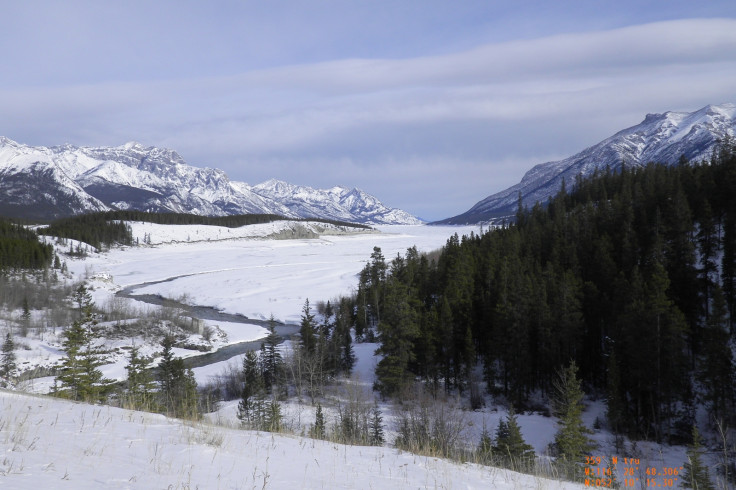First humans in Americas could not have gotten there over ancient land bridge from Siberia
This pathway remained inhabitable for humans for thousands of years.

The first humans in the Americas may not have entered the continent through the North America's ice-free corridor, as it has long been hypothesised, archaeologists have discovered. A lack of plants and animals at this location would indeed have made the 1,500 kilometres-long path inhabitable to early settlers, making the journey impossible to complete.
The evidence scientists have gathered to date suggest that humans first reached the Americas long before Christopher Columbus himself – sometime around 14 to 15,000 years ago. This was also the time when a huge ice-free corridor was formed in western Canada due to retreating ice sheets at the end of the last ice age.
In fact, the most popular theory to explain the first migrations to the Americas is that early humans crossed over the Bering Land Bridge from Siberia, before going through this ice-free corridor between the Cordilleran and Laurentide ice sheets – which together covered much of present-day Canada and much of the northern United States.
But new evidence of human presence in the Americas before the opening of the ice-free corridor has recently led researchers to re-evaluate this theory.
This is the case of the authors of a study, published on 10 August 2016 in the journal Nature. The scientists carried out investigations to date remains of plants and animals found at locations that previously constituted stretches of the ice-free corridor. Their aim was to understand whether this pathway would have been suitable for human presence at the time of its opening.
Lake sediment investigation

The team analysed ancient DNA, pollens and plant remains indentified in nine lake sediment cores. They had collected those at two locations in Canada – Charlie Lake and Spring Lake in British Columbia and Alberta. Both correspond to stretches of the ancient ice-free corridors early migrants were supposed to have used.
The scientists thus reconstructed the ancient environment of the corridor and showed that it had become vegetated only from 12,600 years ago and was concurrently occupied by animals, including the bison and mammoth.
These findings have two implications. Around 14 to 15,000 years ago, and even before that, when first humans are thought to have arrived on the American continent, the corridor would not have been equipped to allow humans to cross through and survive the arduous journey. Thus, it is unlikely first human migrations occurred by this route into the Americas.
However, later groups may have used this north–south passageway at a later date, during later waves of migrations.
© Copyright IBTimes 2024. All rights reserved.







